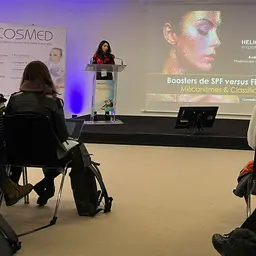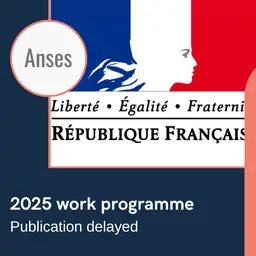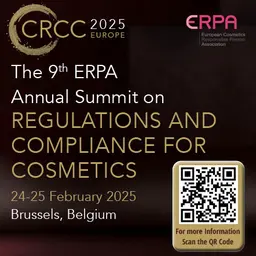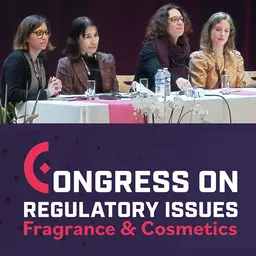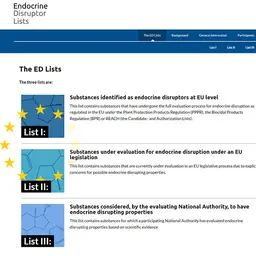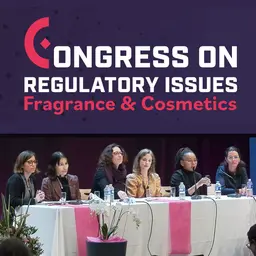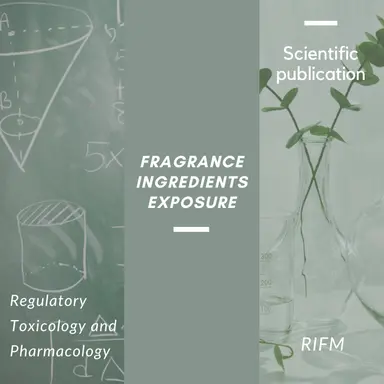
According to an analysis by the RIFM (Research Institute for Fragrance Materials), exposure to fragrance ingredients in consumer products is low, and even well below the thresholds of concern. The results of this study are published in the March 2024 issue of the Journal Regulatory Toxicology and Pharmacology.
To carry out this analysis, the RIFM teamed up with Creme Global, a specialist in data processing using artificial intelligence. This cooperation has led to the development of a global exposure model for fragrance ingredients, called the Creme RIFM Aggregate Exposure Model.
Based on data from Kantar Worldpanel’s “Habits and Practices” study, and that aggregated by the RIFM in its programme to monitor the concentrations of fragrance ingredients in mixtures and products on the market, this model is designed to provide a realistic estimate of total exposure to fragrance ingredients for individuals in a population.
It has been used to assess overall exposure for approximately 3,000 fragrance ingredients.
The TTC (Threshold of Toxicological Concern) and the DST (Dermal Sensitization Threshold) were then used as a basis for assessing the risk of public exposure to fragrance ingredients.
The analysis also looked at representative ingredients to determine the distribution of exposure by product type (cosmetics, household products, oral care, air care) and exposure route.
Among the learnings from this analysis:
• 76% of fragrance ingredients fall below their respective TTC limits for systemic exposure, and 99% for inhalation
• Household products and air care account for the lowest exposure, while oral care …




